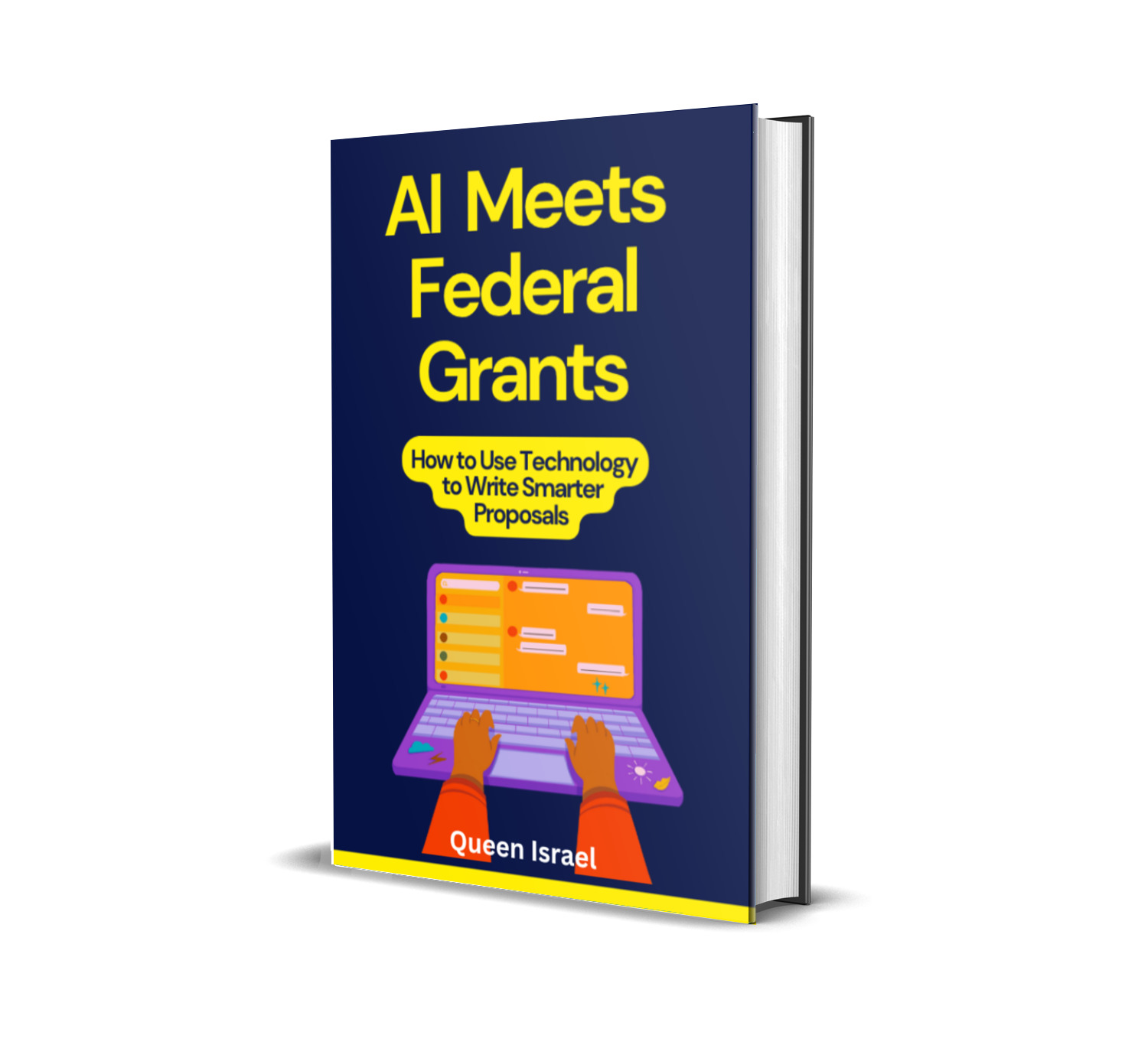Running a nonprofit organization is a labor of love, dedication, and hard work. But even the most passionate teams need funding to keep the lights on and ensure that every team member is fairly compensated for their efforts. One of the biggest challenges is securing grants to pay nonprofit employees. Without adequate funding, attracting and retaining talented staff becomes difficult, potentially stalling your mission and impact.
In this comprehensive guide, we’ll dive deep into grants to pay nonprofit employees, exploring why they’re essential, where to find them, and how to successfully apply for them.
We’ll also highlight 20 top grants that can help your nonprofit sustain its workforce. Plus, we’ll share valuable tips, strategies, and real-life success stories to boost your grant-writing skills.
And don’t forget to subscribe to the Grant Writing Academy newsletter for exclusive tips, strategies, and templates that will enhance your grant success rate!
Why Grants to Pay Nonprofit Employees Are Crucial
Nonprofits operate on missions that drive positive change, whether in education, healthcare, the arts, or social justice. However, achieving these goals requires a dedicated team of employees who manage programs, engage with the community, handle administrative tasks, and more. Employee salaries are often the largest expense for nonprofits, sometimes accounting for over 50% of total costs (Source: Nonprofit Quarterly).
Without sufficient funding to pay your staff, your nonprofit may struggle to maintain operations, deliver programs effectively, or grow your impact. Grants to pay nonprofit employees provide a vital lifeline, ensuring that your team is supported and motivated to drive your mission forward.
Understanding Grants for Employee Compensation
Grants specifically designated to cover employee salaries are relatively rare, as most grants are program-specific. However, many operational grants can be utilized to fund salaries and benefits as part of your organization’s general operating costs. These grants recognize that a stable and skilled workforce is essential for the success of any nonprofit initiative.
Types of Grants Available
- Government Grants: Offered by federal, state, and local agencies, these grants often support broader organizational needs, including salaries.
- Foundation Grants: Private foundations and philanthropic organizations frequently provide grants that can be used for operational expenses.
- Corporate Grants: Some corporations have grant programs that support nonprofit operations and staffing.
- Special Program Grants: Grants targeting specific initiatives (e.g., education, health) may include funding for staff involved in those programs.
How to Find Grants to Pay Nonprofit Employees
Securing grants to pay nonprofit employees requires strategic research and a well-crafted application. Here’s how you can find these opportunities:
- Research Government Grants: Explore grant opportunities from federal agencies like the National Endowment for the Arts (NEA), Health Resources and Services Administration (HRSA), and state-level departments. Websites like Grants.gov are excellent starting points.
- Search Foundation Grants: Private foundations such as the Ford Foundation, Gates Foundation, and Kellogg Foundation offer grants that can include operational funding. Utilize databases like Foundation Directory Online to identify potential funders.
- Utilize Grant Databases: Platforms like Instrumentl, GrantStation, and Candid provide comprehensive databases where you can filter grants by type, purpose, and eligibility.
- Network and Attend Workshops: Engage with other nonprofit leaders, attend grant-writing workshops, and join professional associations to learn about new grant opportunities.
- Consult with Grant Writing Experts: If you’re new to grant writing, consider seeking advice from grant writing consultants or enrolling in courses like those offered by the Grant Writing Academy.
Top 20 Grants to Pay Nonprofit Employees
Here’s a detailed list of 20 grants that can help your nonprofit cover employee salaries and operational costs. Each grant includes a brief description, funding range, and a link for more information.
1. The National Endowment for the Arts (NEA) Grants
- Description: Supports nonprofits in the arts sector, often covering operational expenses including employee salaries.
- Funding Range: Varies by program.
- Link: NEA Grants
2. The Ford Foundation Grants
- Description: Focuses on social justice initiatives and may provide operational funding for nonprofits.
- Funding Range: Typically between $50,000 and $1 million.
- Link: Ford Foundation Grants
3. The Bill & Melinda Gates Foundation Grants
- Description: Supports global health and development projects, including operational funding for essential programs.
- Funding Range: Varies significantly.
- Link: Gates Foundation Grants
4. The Kellogg Foundation Grants
- Description: Focuses on children, families, and equitable communities, offering grants that can cover employee salaries.
- Funding Range: Varies, often $100,000 and above.
- Link: Kellogg Foundation
5. The Robert Wood Johnson Foundation (RWJF)
- Description: Dedicated to public health improvements, RWJF provides funding for health-related nonprofit operations.
- Funding Range: From $50,000 to several million dollars.
- Link: RWJF Grants
6. The Hewlett Foundation Grants
- Description: Offers grants in education and the environment, which may include operational costs like salaries.
- Funding Range: Varies by program.
- Link: Hewlett Foundation
7. The John D. and Catherine T. MacArthur Foundation
- Description: Provides grants focused on community development and operational funding for nonprofits.
- Funding Range: Typically $250,000 and above.
- Link: MacArthur Foundation Grants
8. The Rockefeller Foundation
- Description: Funds initiatives in health, education, and economic development, including operational salaries.
- Funding Range: Varies, often substantial funding.
- Link: Rockefeller Foundation Grants
9. The Annenberg Foundation
- Description: Supports arts, education, and community service projects, potentially covering employee wages.
- Funding Range: Varies by initiative.
- Link: Annenberg Foundation






